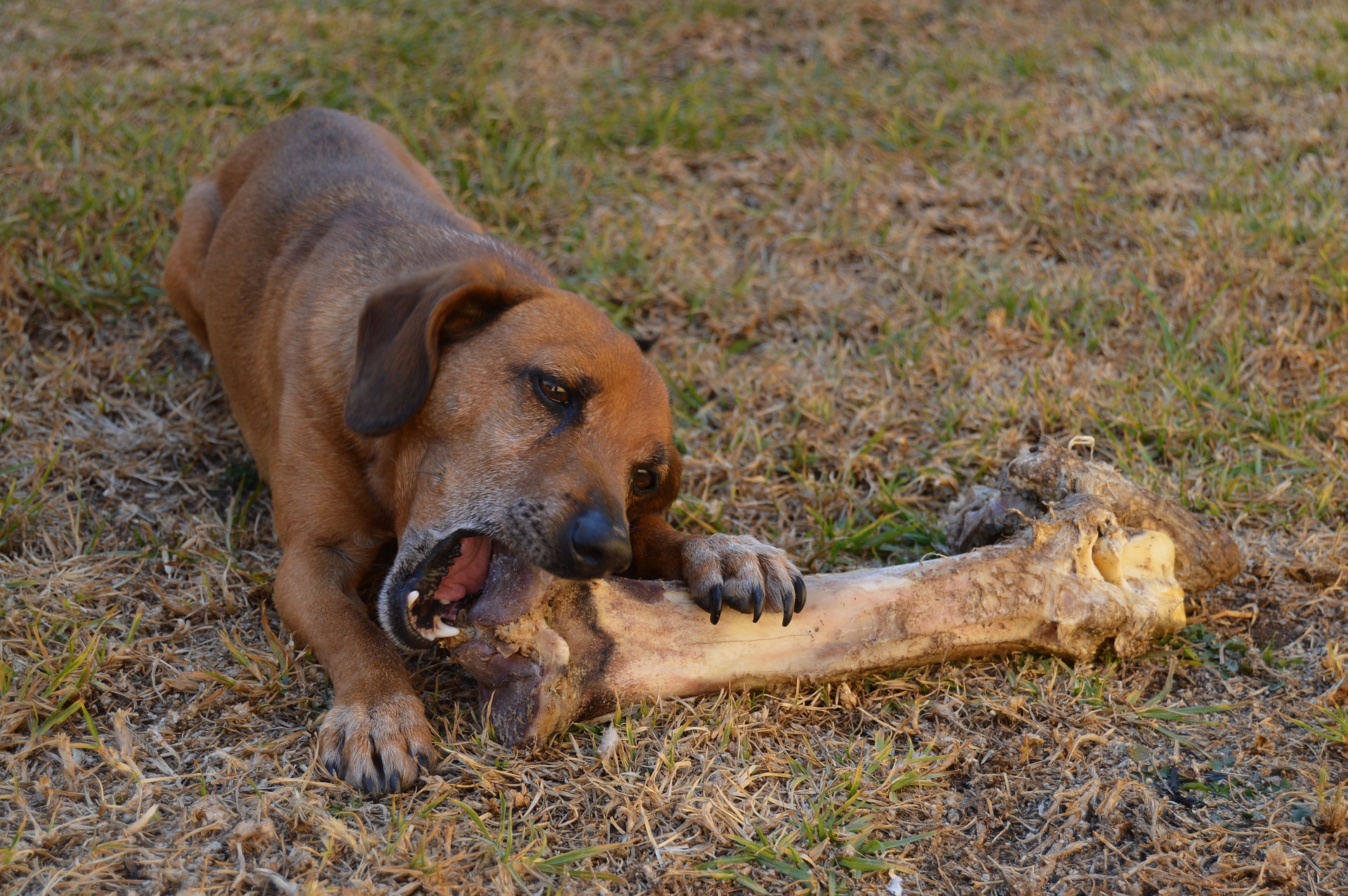Most people know how they should feed themselves. A healthy human diet is balanced, low in “bad” fats, sufficient in “good” fats, high in protein, and sourced from natural ingredients. Less nutritious treats are ok every once in a while—and even an important aspect of your quality of life—but should be consumed in moderation.
Many pet owners don’t apply the same logic to their pet’s diet as they do to their own, causing inadvertent harm. An astonishing 90 percent of the aliments affecting domestic cats and dogs may be related to their diet, including joint problems, allergies, liver or heart disease, obesity, pancreatitis, and more. An animal’s digestive system and nutritional needs are just as complicated and nuanced as our own, and feeding your cat or dog commercial-grade pet food every day will take its toll.
The Ancestral Diet
Traditionally, domesticated cats and dogs lived on a mixture of food they’d catch or find and scraps from the human table. Dog diets were widely varied, including raw meat and bone, fruits, vegetables, whole grains, and natural fats. Cat diets consisted almost entirely of raw meat and bone. Today, more and more owners are returning their pets to these ancestral diets, resulting in shinier coats, healthier skin, cleaner teeth, higher energy, and smaller stool.
A word on raw food (a topic that could easily be a whole blog in itself!): opponents of a raw food diet for dogs and cats say that it exposes them to harmful pathogens, bacteria, and parasites that exist within raw meat. However, we now know that because cats’ and dogs’ natural diets exposed them to these things over many centuries in the wild, they’ve evolved to have short digestive tracts and highly acidic stomachs that keep them safe from harm. In fact, most dogs and cats positively thrive on an all- or partial- raw meat diet!
The Pet and Human Double Standard
The vast majority of commercially-produced pet food comes from sources considered unfit for consumption—human consumption, that is. The indigestible wastes, condemned parts, and byproducts from slaughterhouses, carcasses that couldn’t pass the USDA standards due to damage, disease, or tumors, and even euthanized shelter or zoo animals are made into a dry protein meal at rendering plants. This protein meal forms the basis of most commercial pet food. Not only are the ethical implications of this process clear, but it’s easy to imagine the effect a lifetime of such “food” might have on a pet’s health.
The grains in commercial pet food are also commonly from waste products—the hulls of corn, wheat, rice, and other grains are ground into a filler starch after the oil or nutritional components have been extracted. These low-quality grains are cheap to use and do, technically, provide some protein. They therefore commonly replace meat protein in many commercial pet foods. But they do not provide the type or quality of protein your pet needs!
And speaking of oils, those that are in commercial-grade pet food are typically from “blended fats” that need to be stabilized with preservatives that have long been linked to cancer.
We urge pet owners to be wary of commercial dog and cat foods, and to provide your fur-kids with a human-grade diet that will promote a long and healthy life. For more information, we recommend speaking with the staff at a high quality, nutrition-savvy pet supply store such as All The Best Pet Care (or visiting their online information library), talking to a veterinarian who is trained in natural pet nutrition, or contacting us to get more tips from Sarah!
